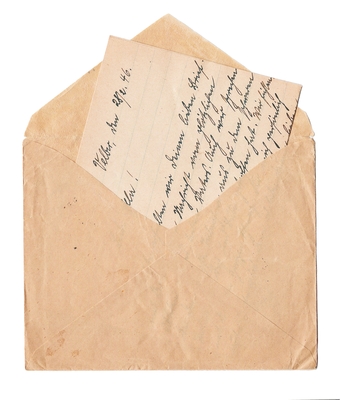It’s time to get the hook.
Here’s a life truth: Sitting through interminable awards show thank-yous is part of live television. Wouldn’t it be great if every actor could simply say, like Sally Fields: “You like me”? Comedians, long ago, used to signal an end through the finger across the throat sign or, yes, the brandishing of an actual hook on a long-handled cane.
Today, there’s another recourse to the on-and-on-and-on again droning that serves for gratitude: Turn off the TV (or computer, if you’re streaming it).
Thanks is a funny thing, though. When we’re not on stage, it’s a courtesy not necessarily included in everyone’s roles and responsibilities. Often, when we do receive a gracias, it’s a) through email, b) insincerely, c) quickly emoted in person, and/or d) not at all. All of these, in most circumstances, deserve a re-think of the thanks.
What’s wrong with an email? When well crafted and sincere, it’s a thing of beauty. But why not put those same sentiments into something more tangible, like a note, addressed to business or home, with a 50-cent stamp (which is what US stamps will cost by the time this blog is issued!)?
We could say the same things about verbal thanks. Sure, it’s okay. But not memorable. And if a staffer or peer or other colleague has gone out of the way to deliver, why not hand write your thanks?
The hook, in our opinion, goes to those who either “forget” common gratefulness, who just can’t be authentic – or are way too busy to send anything more than a perfunctory “it was nice of you.” That happens way too often.
Many forgive the sender. We don’t. Whatever happened to mutual respect, appreciation, value, a give and take relationship? Mercy.


